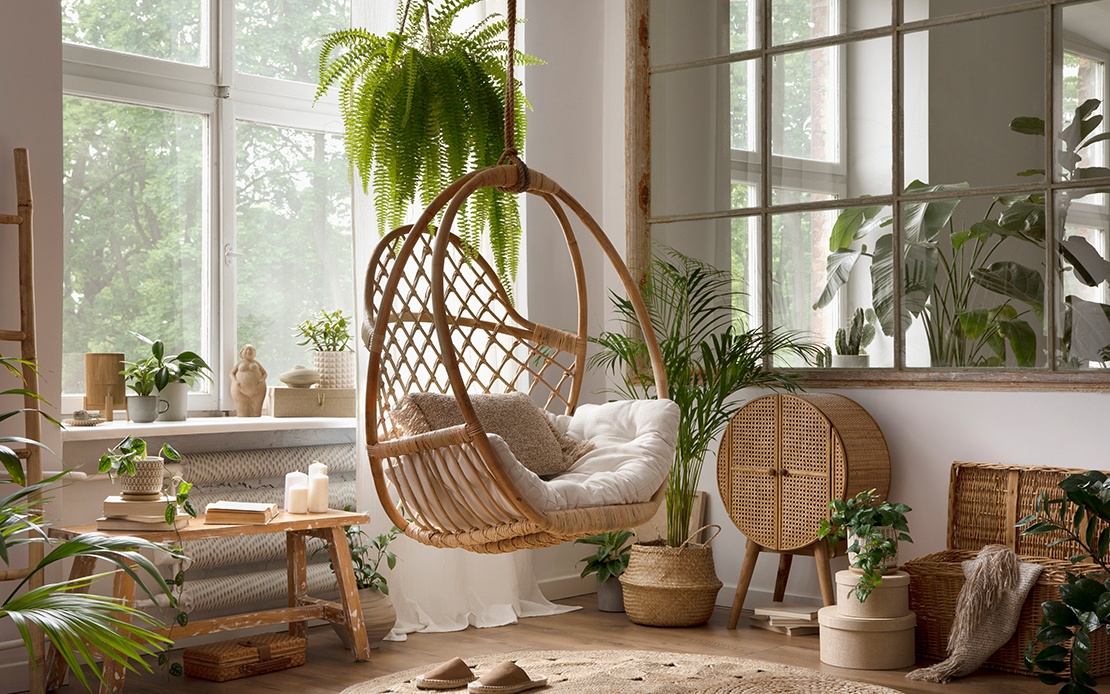
Key Takeaways
- Utilize plants and greenery to improve air quality and aesthetic appeal.
- Integrate natural light and sounds to enhance the connection with the outdoors.
- Use nature-inspired art and decor to bring the outside in.
- Design spaces that promote relaxation and well-being through biophilic principles.
Bringing the tranquility and beauty of nature into your living space doesn’t require a full outdoor retreat. Even subtle shifts in your environment can create calming effects and deepen that essential connection to the natural world. For homeowners seeking inspiration or even considering a change of scenery, consulting with Jackson Hole real estate experts JH Property Group can provide valuable ideas for incorporating nature-inspired design into your home. By thoughtfully weaving natural elements into your daily surroundings, you can nurture a restorative and uplifting atmosphere for yourself and your loved ones. Whether you live in a city apartment or a mountain lodge, embracing creative ways to connect with nature can boost your well-being, add visual interest, and infuse every corner with a sense of peace. The journey begins with understanding how textures, light, color, plants, and patterns come together, transforming your home into a sanctuary that celebrates the outdoors within your own four walls.
Natural Materials and Colors
Infusing your home with natural materials can evoke the soothing essence of the outdoors. Wood floors, stone countertops, bamboo accents, and rattan furniture introduce warm textures and a grounded ambiance that is difficult to achieve with synthetic materials. Earthy tones, such as mossy greens, sandy beiges, and sky blues, can be used on walls, soft furnishings, or accessories. These colors and textures help calm the mind and promote relaxation, aligning with research published by NCBI on the psychological impact of biophilic design elements.
Indoor Plants and Greenery
Introducing living plants into your living space does more than simply beautify the room. Houseplants like snake plant, pothos, or fiddle leaf fig actively improve indoor air quality by filtering pollutants and producing oxygen. Greenery has been shown to reduce stress and negative emotions. For smaller spaces, consider a vertical garden or hanging planters to maximize your greenery without sacrificing floor space.
Maximizing Natural Light
Natural light plays a crucial role in lifting mood and boosting productivity. Maximizing sunlight can be achieved by installing larger windows where possible, opting for light, sheer curtains rather than heavy drapes, and using mirrors to reflect and amplify brightness. Thoughtful placements of reflective surfaces, such as glass tables or metallic accents, can help distribute daylight deeper into interior rooms.
Nature-Inspired Art and Decor
Art and decor that takes inspiration from natural landscapes or uses organic materials brings the essence of the outdoors into your home. Displaying paintings of forests or oceans, decorative bowls carved from a single piece of wood, or handcrafted pottery creates tangible reminders of nature. Fabrics featuring leaf motifs, animal patterns, or botanical prints can be layered as throws or cushions to visually echo the colors and shapes found outside your door.
Creating a Sensory Experience
Tapping into the full sensory experience of nature can elevate your home’s restorative qualities. Aromatic elements like essential oil diffusers filled with lavender or eucalyptus help create a calming or invigorating environment, depending on your needs. Water features, such as tabletop fountains, and audio devices that play gentle rain or birdsong, contribute serene soundscapes.
Designing Wellness Spaces
Carving out dedicated spaces for self-care fosters well-being and mindfulness. Meditation rooms, yoga nooks, or compact indoor gardens act as restorative sanctuaries. These wellness-oriented zones need not be large; a cozy reading corner filled with plants and soft rugs can offer a welcome escape. Add comfortable seating, maintain clutter-free surroundings, and use soft, natural lighting to reinforce the relaxing atmosphere.
Incorporating Natural Patterns
Patterns found in nature, such as waves, leaves, or fractals, have been scientifically shown to induce relaxation and mental clarity. Wallpapers, textiles, tiles, and even carved wood surfaces are wonderful mediums for these designs. According to the Journal of Cleaner Production, exposure to fractal patterns supports wellness and psychological health, making this a simple yet powerful addition to your home environment.
Embracing Seasonal Decor
Rotating home accents to reflect the changing seasons keeps your living space fresh and closely attuned to the rhythms of the natural world. In spring, display vases of freshly cut tulips or daffodils. For autumn, use arrangements of dried leaves or branches, and in winter, introduce pine cones or cedar garlands. Keeping your surroundings in harmony with the outdoors not only sparks joy but also encourages mindful living. With intentional choices and a spirit of creativity, your home can become a true oasis, weaving together the timeless beauty of the natural world with your unique sense of style. By integrating these practices, you’ll foster an inspiring environment that nurtures your well-being every day.